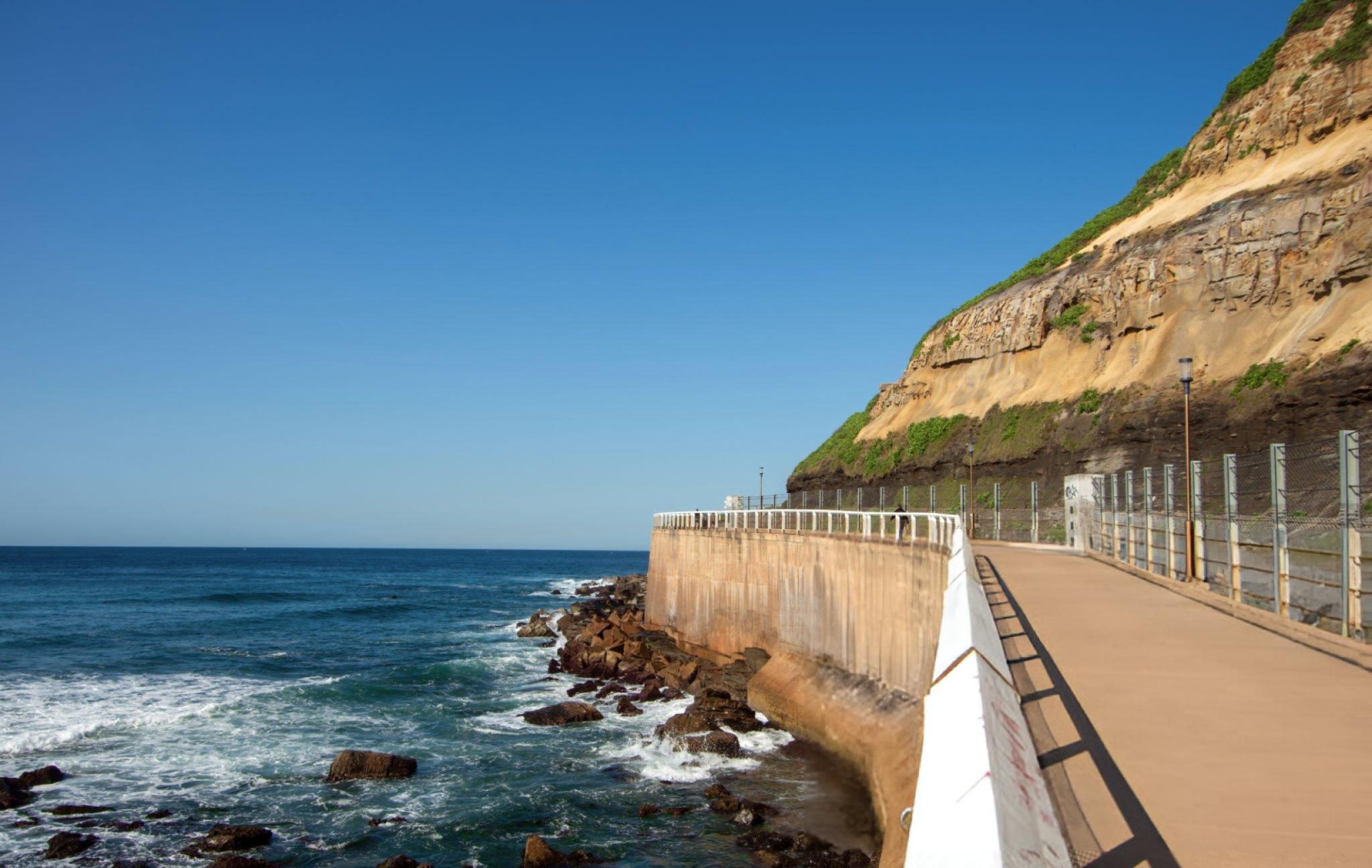Newton Emerson: anyone got any ideas how to spend £30m in Newcastle?
Newry, Mourne and down district council has found itself in a race against the clock, frantically seeking ways to save £30 million in city deal funding after the collapse of its flagship tourism proposal — the mourne mountains gateway project.
The ambitious plan, centred on building a cable car up Slieve Donard, was decisively halted last month when the National Trust withdrew its consent for use of its land. Without an alternative project soon, the entire fund could be lost — a prospect prompting a public plea from SDLP councillor and council chair Peter Byrne. In an extraordinary call to arms, he urged: “Anyone who has ideas or alternatives for the project, please contact senior management.”
It might sound like the setup for a classic Ealing comedy — or perhaps the “Monorail” episode from The Simpsons — but this is no laughing matter. The council is in dire need of a plan that satisfies the original funding criteria, provides a comparable economic impact, and can be delivered swiftly.
The core idea behind the defunct cable car scheme — to create a major, landmark tourist attraction in Newcastle — remains valid. But with time limited and local sentiment sensitive, any new proposal must tread carefully. The cable car had faced significant opposition from conservationists and local residents alike, and its sudden demise only amplified public concerns over transparency and feasibility.
Still, there’s no shortage of creative potential. The town of Newcastle, nestled on the edge of the Mournes and fronted by the Irish Sea, already boasts stunning natural assets. Rather than building something as intrusive as a cable car, perhaps the council could draw inspiration from its own past.
Twenty years ago, Newcastle underwent a transformative regeneration. A £9 million public realm and promenade upgrade (costed in today’s money) revitalised the town, drawing both locals and tourists back in droves. The renovation remains immensely popular — a rare example of public spending that has stood the test of time, aesthetically and economically.
So, why not replicate that success? A second phase of improvements, extending the promenade or enhancing public access to the beach and nature trails, could easily meet tourism targets without alienating residents. A revamped visitor centre focused on the Mournes’ natural heritage, sustainable tourism, and outdoor activities would tap into existing strengths rather than impose artificial ones.
Alternatively, the £30 million could be more broadly distributed across the wider Newry, Mourne and Down area. Many other towns and villages, from Kilkeel to Warrenpoint, would benefit from strategic investment in green infrastructure, walking and cycling routes, or cultural heritage projects. Such initiatives may lack the glamour of a cable car, but they could offer greater long-term returns by encouraging overnight stays and repeat visits.
It’s worth noting that across the UK, local councils have chased the idea of tourist “icons” — towers, piers, glass bridges — with mixed and often disappointing results. Newcastle would be wise to heed these cautionary tales. The key to tourism, especially in post-pandemic times, lies in authenticity, experience, and sustainability — not gimmicks.
As the clock ticks down, the council must act quickly yet thoughtfully. There are only “a few weeks” left, by their own admission, to identify a viable replacement project. That makes community engagement all the more important. If ever there was a time for public consultation — and transparency — it is now.
So, to borrow Cllr Byrne’s words: if you have a good idea, don’t keep it to yourself.
After all, £30 million doesn’t come around every day.






